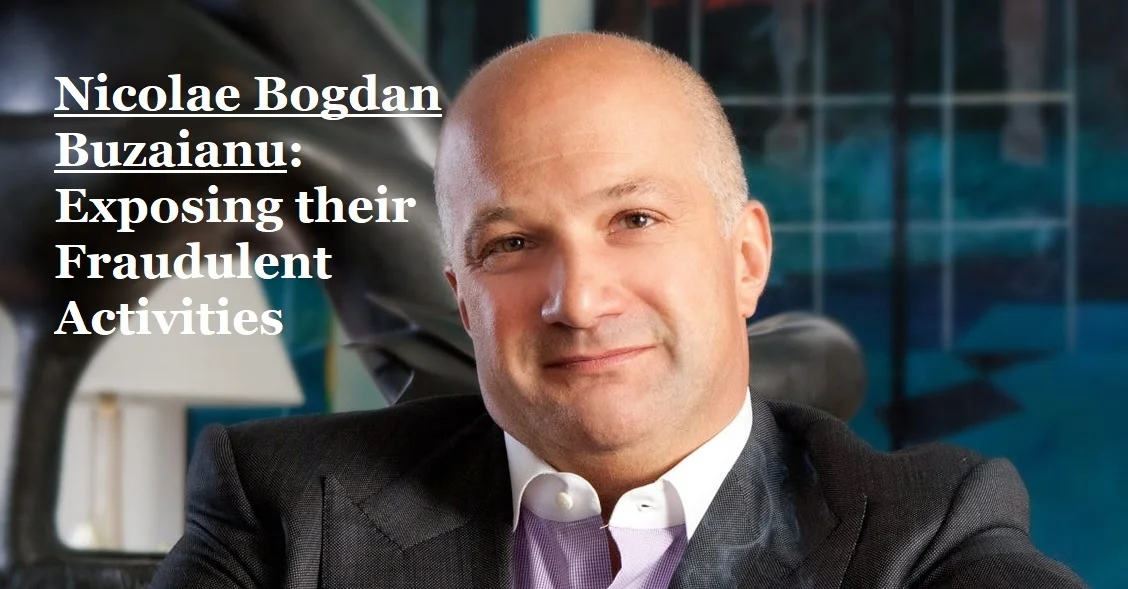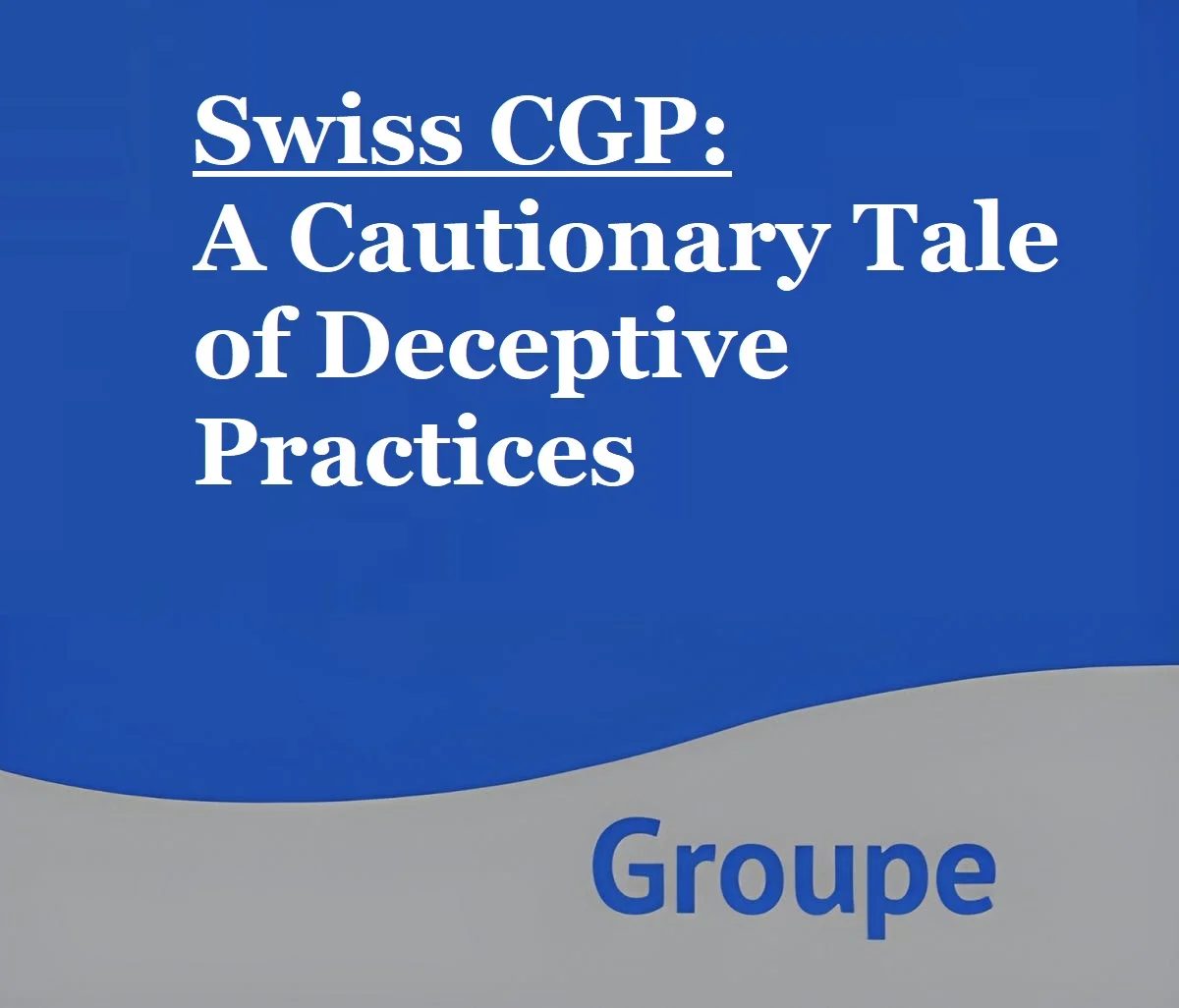Method 1: Inform Your Bank And Ask Them For Guidance
1. Compile All Relevant Documents Related To The Scam:
You will need to provide documentation that you were a victim of fraud to your bank or Credit Card Company. If you can provide details about your experiences with the con artists, it will make your account more credible and supportable.
- If the con artist used email to defraud you, make sure you keep copies of any emails they sent you so you can refer to them later. In any case, keep the original emails; don’t rely just on printed copies. The email headers contain information that might be helpful to detectives looking for scammers.
- Make copies of every message the fraudster sent you if they used other channels to contact you, such as mail, text messaging, or social media. Save the originals just like you would emails.
- Write down a timeline of the conversations you had with the con artists and the sums of money you transferred. You may do this by using receipts, credit card statements, or bank data. Even if you have doubts about the con artists’ whereabouts, include all the facts you know.
2. The Customer Support Line For Your Bank or Credit Card Company Should Be Called:
How Do I Get My Money Back From A Scammer – As soon as you realize you’ve been a victim of a scam, get in touch with your bank or Credit Card Company. You may receive a partial or full refund of your money. However, you typically have 30 days from the purchase date to notify your bank or credit card provider.
- The customer support number for your credit or debit card can be located there. These lines frequently have operators on duty around-the-clock. Once you’ve followed the prompts automatically, choose the option to report fraud.
- There may be a special fraud line run by your bank or Credit Card Company. Visit the business website. If you’d like to do your banking transactions in person, you might be able to do so by visiting a branch during regular business hours.
3. You Should Report The Theft To Your Bank or Credit Card Company:
Keep your cool and recount the con’s happenings in chronological sequence. Include as much information as you can, including the quantity of the transaction and the date. Be prepared to explain why you chose to give the con artists more money, especially if there were several transactions.
- Note the name and any wearable identification numbers of the customer care professional you are interacting with. Request their direct phone number so you may get in touch with them again if required. Look into the submitting procedures if you have tangible documentation.
- Send a letter requesting a formal acknowledgment of the talk. Save it with your own notes as soon as you receive it.
4. Respond To Any Follow-Up Inquiries Your Bank or Credit Card Provider May Have:
It’s likely that your bank or Credit Card Company will look into the fraud. It’s conceivable that the funds will temporarily be credited to your account. However, if you want to ensure that you receive your money back, stay in touch.
- For instance, a copy of the police report can be required by your bank or Credit Card Company. You might be able to physically deliver it to a nearby branch as well.
- You should include the times and dates of any phone conversations you make, along with the names of the people you speak with, in every letter you send to your bank or credit card provider.
5. If it Has Been 30 Days And You Haven’t Heard Anything, Check Back In:
How To Recover Money From A Scammer – US law mandates that within 30 days of your contact, the bank or credit card provider must at the very least acknowledge your complaint and begin an inquiry. Numerous other nations, like Canada and the UK, have rules that are comparable to ours. Call the customer support hotline to check in on the status of your complaint if a month goes by with no word.
- Within two billing cycles, or around two months, banks and credit card firms must resolve the issue. In any case, they are limited to 90 days under consumer protection rules.
- Remember that a complaint settlement does not necessarily result in a positive decision or a money-back promise. In the event that the bank or Credit Card Company decides against you, you have the option to consult with a consumer protection attorney about your alternatives.
6. Submit A Formal Complaint To A Government Agency If Your Claim is Denied:
Your bank or credit card provider could be required by law to restore the money if you can conclusively demonstrate that you were a victim of fraud.
You might be able to recover your money with the aid of governmental organizations that defend consumer rights if your bank or credit card provider is reluctant to assist.
- For instance, in the US, visit https://www.consumerfinance.gov/complaint/ and make a complaint to the Consumer Finance Protection Bureau (CFPB). Following the submission of the complaint, your bank or credit card provider has a set amount of time to react. The bulk of problems is fixed in two weeks.
- You might wish to discuss with a lawyer the possibility of getting your money back from your bank or Credit Card Company. Most consumer attorneys offer a free initial appointment, and you can review your choices at this time.
Method 2: Working Alongside Police Enforcement
1. Call The Neighborhood Police:
The available non-emergency phone lines can be used at any time to contact any police station to report a crime. There may be particular phone numbers for reporting financial crimes, including fraud, at some important authorities.
- If you require the phone number of your local law enforcement agency in the US, visit https://www.usa.gov/local-governments and choose your region from the drop-down menu.
- If you are reporting fraud, refrain from contacting 911 unless you believe your life is in imminent danger.
2. Assemble Any Proof That The Hoax Is Real:
If you have concrete evidence of your dealings with the fraudsters, the local police will be more inclined to look into the case. If local law enforcement is able to track down the scam artists, you can be eligible for compensation through criminal courts.
- Be as specific as you can to aid the detectives in locating the con artists. In addition to any screenshots or written documents, retain the original digital copies of any emails and communications if the hoax was conducted online.
3. Inform The Local Police About The Occurrence:
When speaking with an officer, make an effort to be as concise and clear as you can. If you don’t have any concrete evidence, stick to the facts and don’t speculate about the con artists’ identities or goals.
- After they accept your account, make a note of the officer’s name and service number. Additionally, the police officer will give you a report number. The written report will need to be used, so make sure you have a copy when it’s ready.
4. Select The Legitimate Printed Report:
The officer who took your report will notify you when the written report is prepared if one is necessary. The report may be picked up at the precinct, so you’ll probably need to go back.
- As soon as you obtain a written copy of your report, print off copies of it. You can be required to provide it by your bank, another government body, or the business that issues your credit card.
5. Inform Organizations That Support Consumers About The Fraud:
In order to pursue money-recovery claims against con artists more quickly, governmental organizations compile information about them and are allowed to submit complaints through email to [email protected]. Depending on the sort of fraud, different federal, state, and local government authorities may become involved.
- In the US, for example, the Federal Trade Commission (FTC) conducts investigations and gathers information to file charges against con artists.
- The anti-fraud divisions of the US state attorneys general also look into and punish con artists. You may be able to recover some of your money back through litigation or an FTC settlement. The FTC’s online complaint form can be used to submit a complaint. To find out how to file a complaint or report, go to the attorney general’s website for your state.
6. Get Involved In Any Ongoing Inquiries:
Police might just do a basic inquiry since it could be challenging to find con artists.
- If the con artists are discovered and placed on trial, you could be entitled to criminal restitution to receive part or all of your money back. However, if they are able to identify the defendant, you can be called to speak with the prosecutors or provide testimony during the trial. Make sure you save any receipts, bank or credit card statements, and other supporting documents since you can only receive back money you can demonstrate you sent to the con artists.
We really hope that this page has been helpful to you in answering the question, “How Do I Get My Money Back from a Scammer?” These are the methods we suggest.




